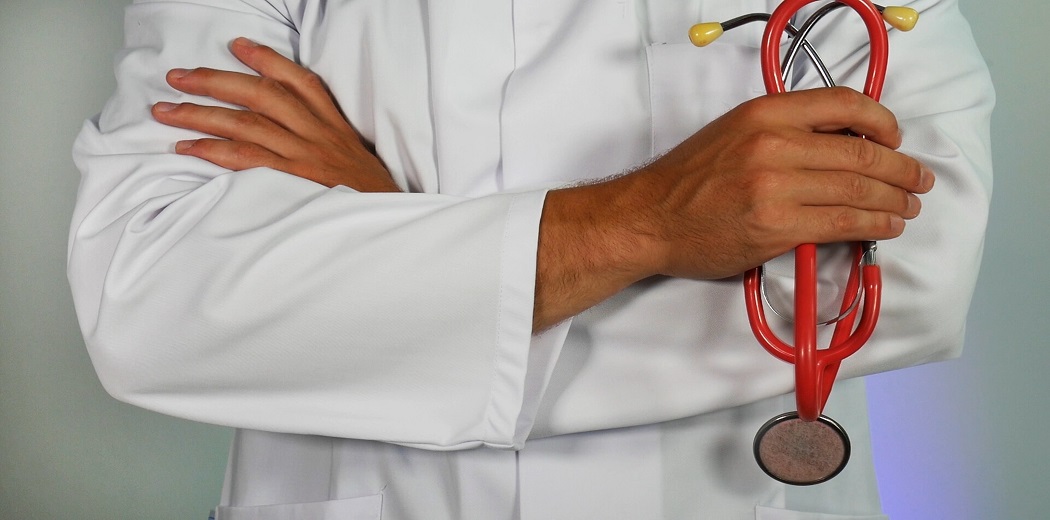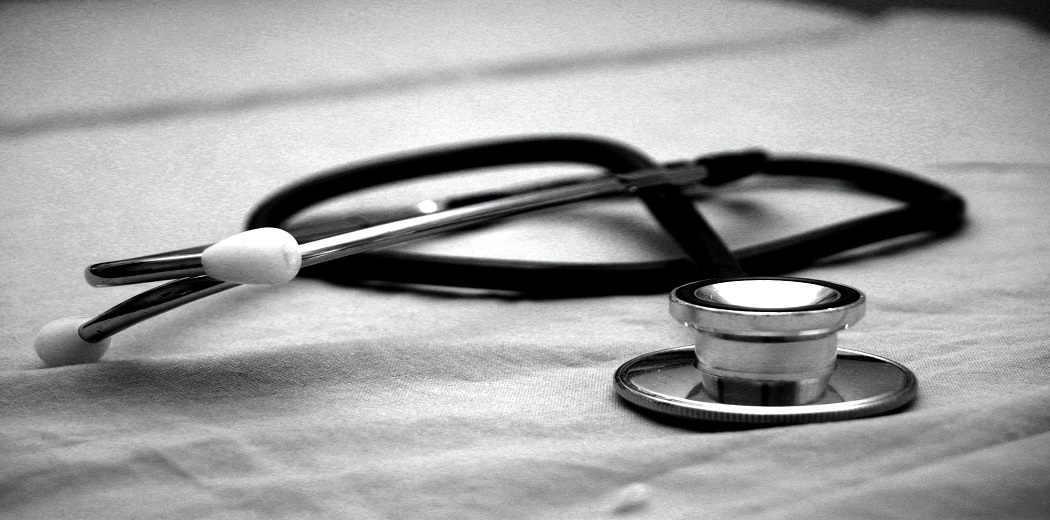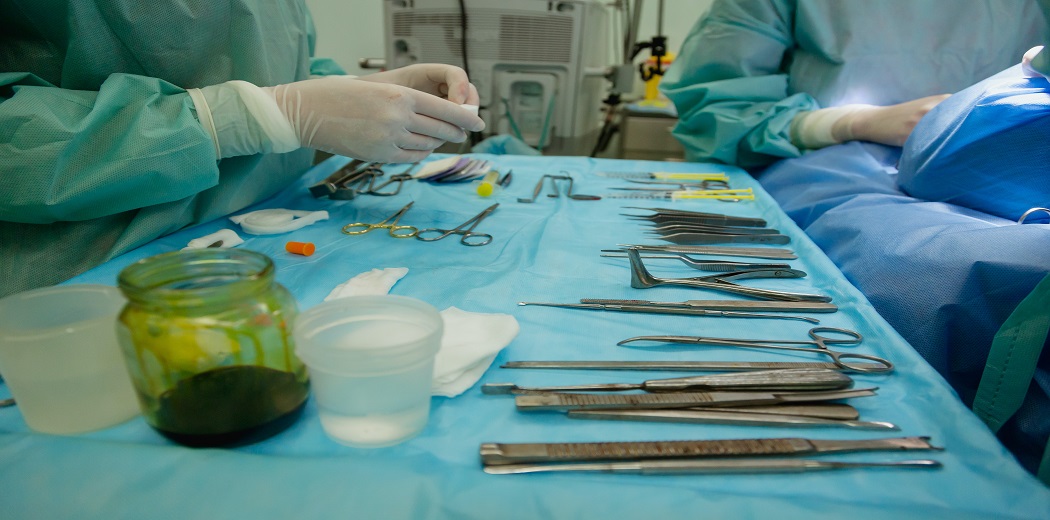Data Science In Healthcare

A combination of science, technology, and medicine in the dynamic digital age has unveiled new data systems to improve statistics, improve healthcare and drug delivery, and improve health information reporting on clinical decisions.
Data science in health care has seen the latest and most rapid progress in 3 ways:
- Using big data with a combination of large and complex data sets includes electronic medical records, social media, genomic information, and digital body data from wireless health devices.
- With new open-access efforts that seek to utilize the availability of clinical trials, research, and citizen science sources for data sharing.
- In the analysis techniques, especially of big data, including machine learning and artificial intelligence that can improve systematic and unstructured data analysis.
This article was published as a part of the Data Science Blogathon.
As new data sets are being developed, analyzed, and growing available, a number of key questions arise, including the following:
- What is the quality of informal data processing?
- Is the use of unsaved methods in data processing with traditional software and hardware lead to data fragmentation and non-productive analysis?
- Will health care systems process and process large amounts of data, especially from new and community-based sources?
- Doctors too
researchers are learning from new open-source and larger data statistics? - And finally, how can they get the skills to building translation of the information in data science?
Disease Prevention and Predictive Medicine

The best way to change health care is to identify risks and recommend prevention programs before health risks become a major problem. By wearing it with other tracking devices that pay attention to historical patterns and genetic information, you may be able to see the problem before it gets out of hand.
Data science analytical methods learn from historical data and make accurate predictions of results. They process patient data, make sense of clinical notes, find interactions, symptomatic associations, general adjectives, habits, diseases, and make predictions. The effects of certain biological factors such as genome structure or clinical variability are taken into account to predict the occurrence of specific diseases. Common causes include prediction of disease progression or prevention to reduce the risk and side effects. The main benefit is to improve the quality of life of patients and the quality of medical conditions.
Omada Health is a digital medical company that uses smart devices to create customized behavioral plans and online training to help prevent chronic health conditions, such as diabetes, high blood pressure, and high cholesterol.
On the mental health side, Canada’s new start-up, Awake Labs, is tracking data on children with autism in dress, informing parents before the meltdown.
Diagnosis
The National Academies of Sciences, Engineering, and Medicine estimates that some 12 million Americans receive incorrect diagnoses, sometimes with life-threatening consequences.
Medical Thinking And Medical Imaging

The healthcare sector is reaping huge benefits from the application of data science applied to medical thinking. There are many things to research in this area, and one of the best studies is Big Data Analytics, published in BioMed Research International. According to this study, popular methods of thinking include magnetic resonance imaging (MRI), X-ray, computed tomography, mammography, and so on. Many methods are used to deal with the variation, adjustment, and magnitude of these images.
A lot more is improved to improve image quality, extract data from photos efficiently, and provide a more accurate translation. In-depth learning algorithms increase diagnostic accuracy by learning from previous examples and suggesting better treatment solutions.
IBM estimates that medical images contain about 90% of the total medical data. Doctors use imaging therapy to get a clearer understanding of body parts.
Also, evaluate the function of other organs to diagnose and treat any disorder or disorder. The insights gained from these images can make a difference in a patient’s treatment.
The most popular imaging techniques focus on developing, dissecting, and eliminating denoising that allows for in-depth analysis of the anatomy, as well as the diagnosis of various diseases.
The most promising applications are for tumors, artery stenosis, delineate, etc. Different methods and frameworks contribute to medical thinking in a variety of areas. Hadoop, a popular analytical framework, uses MapReduce to obtain appropriate parameters for tasks such as lung tissue planning. It works with machine learning methods, vector support equipment (SVM), content-based image guidance, and wavelet analysis with strong texture separation.
Making Medicines

The process of drug discovery is very complex and involves many areas. Big ideas are often tied to billions of tests, big money, and time. On average, it takes 12 years to get a prescription. Scientific algorithms and machine learning data simplify and streamline this process, adding perspective to each step from the initial testing of drug chemistry to predicting success rate depending on biological factors. Such algorithms can predict how the compound will work in the body using advanced mathematical modeling and simulation instead of a “lab test”.
The idea behind the discovery of computer drugs is to create a simulation of computer models as a viable network for life making it easier to predict future results with high accuracy. Allows selection, which test should be performed and incorporates all new information into the ongoing learning loop. Analogous techniques are used to predict the adverse effects of certain chemical compounds.
Computerized drug discovery also improves the collection and use of a wide variety of historical information during the drug manufacturing process. Combining genetic research with protein-binding data can produce amazing results. In addition, it allows chemical experiments against all possible combinations of different cell types, genetic mutations, and other conditions. Using this data, unsupervised learning, and technology as the next generation sequence, enables scientists to create models that predict the outcome from independent variations.
Virtual Assistant

The effectiveness of the treatment approach builds on the idea that in many cases patients do not need to visit doctors in person. Using a mobile app can provide a more effective solution by “bringing a doctor to the patient” instead. AI-enabled mobile applications can provide basic health care support, usually like chatbots.
Simply describe your symptoms, or ask questions, and get important details about your medical condition based on a broad network of symptoms and causes. Apps may remind you to take your medication on time, and if necessary, give an appointment with your doctor. This approach promotes a healthy lifestyle by encouraging patients to make healthier decisions, saves their time waiting in line for appointments, and allows physicians to focus on more serious situations.
Machine learning algorithms use processing and natural language to provide accurate information, create a complex map of the user’s status, and provide a personalized experience. The most popular applications these days are Yours.MD, Babylon Health, Ada, and so on.
In this way, the most appropriate customer support is built on the obvious reliance that does not rely entirely on machines in health care. Therefore, the great task of machine learning is to find the perfect balance between physicians and computers. The key to automation is simple methods, as we have just explained, and give professionals the ability to focus on more complex problems.
About Me:
Technical Writer 👩💻 | AI Developer😎| | Avid Reader 📖 | Data Science ❤️ | Open Source Contributor 🌍
Hey, I am Sharvari Raut. I love to write!
Connect with me on:
Twitter: https://twitter.com/aree_yarr_sharu
LinkedIn: https://t.co/g0A8rcvcYo?amp=1
The media shown in this article on Data Science in Healthcare are not owned by Analytics Vidhya and is used at the Author’s discretion.












Nicely written
Very good quality content. Writing to get more updates from you.
Health care industry are used data science for the developing or maintaining the data of the drug related or patient related data operation .making medicine formula or other information are manipulating better way or fetching best way. Thanks for providing this valuable topic Keep sharing